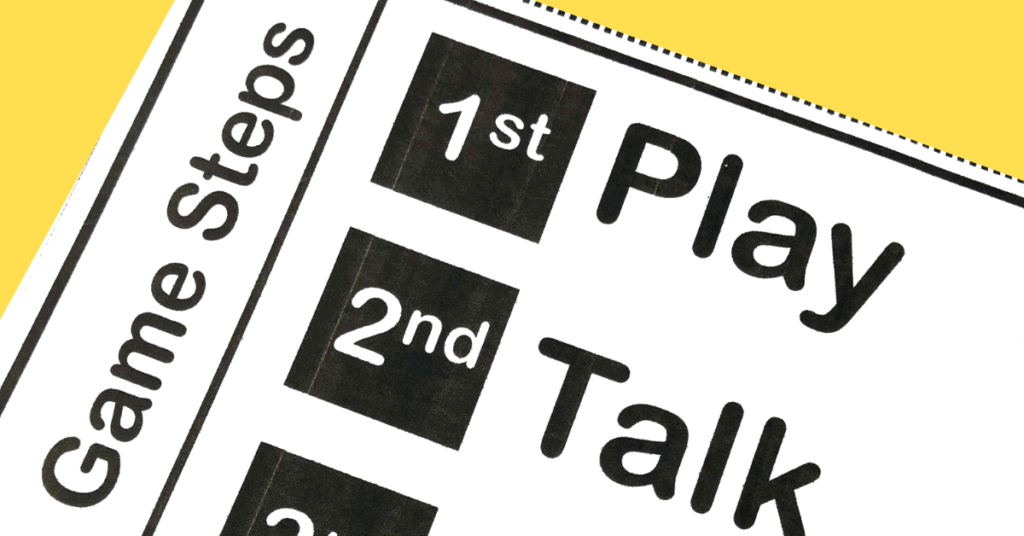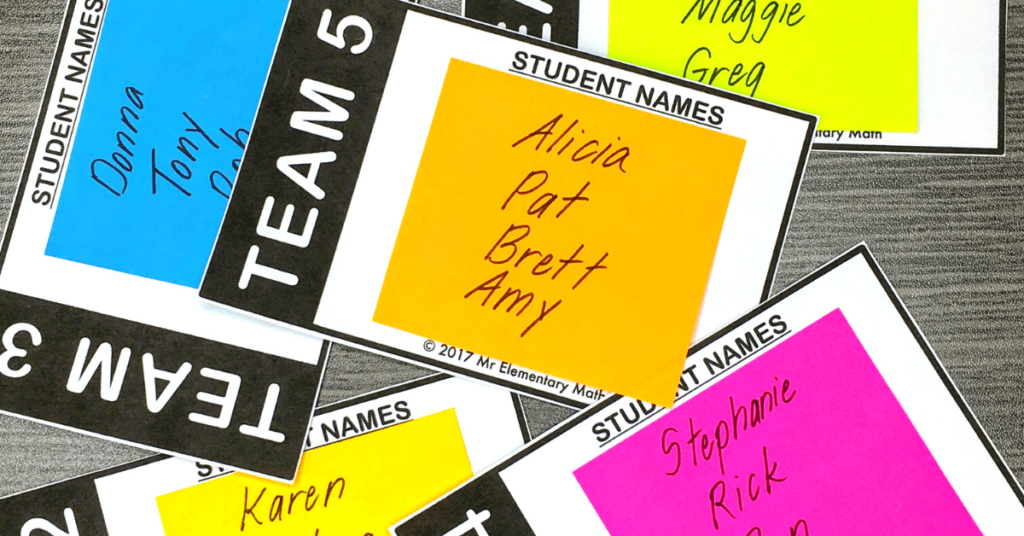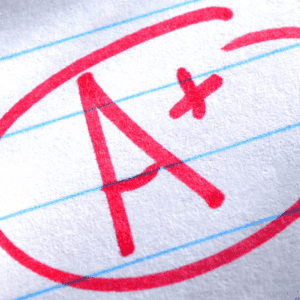
“What does culturally responsive teaching look like during math instruction?”
A new teacher asked me this question, and it got me thinking, “What a great question!” I had a general idea based on a training I attended many years ago, but it wasn’t math specific.
I did some research and to be honest, information about math in this area is scarce in comparison to other content areas.
The more I learned about the basic principles, the more I discovered these are things I already believe in, talk about often, and embed in the resources I create.
I just never made the connection to culturally responsive teaching.

So, if you’ve ever wondered what culturally responsive teaching is and what does it mean for math instruction, then read on.
What Is Culturally Responsive Teaching?
Instruction that supports the development of critical thinking skills. Students feel empowered and share their thinking with others. The learning environment is inclusive and ALL students are engaged.
What Is Culturally Responsive Math Teaching?
Instruction that supports the development of critical thinking skills. Students feel empowered and share their math reasoning with others. The learning environment is inclusive and focused on mathematical sense-making. ALL students are engaged.
See how these are similar? Except one is more math focused.
Now let’s talk about 6 essential characteristics of culturally responsive math teaching.
#1 An Inclusive Classroom Environment
Culturally responsive teaching prioritizes student well being. When students feel respected and connected, they thrive. By creating an inclusive learning environment, children feel valued.
Classroom arrangement, cooperative learning, and connecting with your students are all ways to create a safe space where all students feel welcome.
Examples:
- Students working together to solve the Math Problem of the Day
- A comfortable gathering spot for math talks (carpet included!)
- Students playing games together during math centers
#2 Communication of High Expectations
Having high expectations of your students plays a critical role in increasing student achievement. Unfortunately, there are societal biases about race, gender, and ethnicity. Low expectations negatively impact student motivation and hinder learning.
The good news is you can combat that by having high expectations for all of your kids! However, the key is not to only have high expectations but to communicate AND model them as well.
Examples:
- Step-by-step photo directions for math games and activities
- Modeling math conversations with students
- Scaffolding questions instead of calling on another student

#3 Supports and Scaffolds Available throughout Instruction
Culturally responsive teaching is differentiated. Guiding questions, visual math models, and responsive feedback are a few examples of supports and scaffolds used to differentiate instruction.
Scaffolding instruction increases student confidence and provides a way to engage and ensure success for all students.
Examples:
- Anchor charts with math accountable talk stems
- Giving a student verbal or written feedback
- Differentiated small groups based on assessment data
#4 Making Math Conversations a Norm
Kids need to talk math! In a culturally responsive classroom, math conversations are the norm. Most importantly, there are multiple opportunities for kids to discuss math in a judgment-free zone. The focus always stays on learning.
Examples:
- Students explaining their reasoning during math centers
- Visible accountable math talk prompts and sentence stems
- Math talk routines during lesson warm-ups

#5 Critical Thinking
Another characteristic of culturally responsive teaching is the ability to instruct children to think critically and problem solve. This means making a shift from memorization tasks to tasks that require explanation and math reasoning.
Examples:
- Asking higher-order, open-ended questions
- Encouraging students to share strategies and justify their answers
- Providing opportunities for students to reflect on their current knowledge and make connections
#6 Empowered Students
Although this is last on the list, it’s the most important. Culturally responsive teaching empowers students, and empowered students are highly engaged during instruction. They are more confident in their thinking, and they reflect on their own learning.
Examples:
- Children responsible for jobs when working in groups (i.e. recorder)
- Students sharing ideas and justifying their answers to solve math problems
- Students creating word problems for other students to solve

When you embrace culturally responsive teaching practices into your classroom you are: supporting critical thinking, promoting equity, and empowering your students. So what’s holding you back?
Start creating a positive learning environment for ALL of your students NOW.
Download my free resource “Culturally Responsive Math Teacher Check-Up” to reflect on your teaching practices.
49




